Distortion in music is a powerful tool; it can transform, enhance, and elevate a track, as well as add depth and character.
As a music producer, understanding the nuances of distortion is crucial to harness its full potential and creatively shape your music.
Whether it’s adding warmth to a vocal track, grit to a guitar riff, or an edgy texture to a synth line, mastering distortion can set your productions apart.
So, let’s dive into the world of distortion, exploring its various aspects and applications.
In this article, you’ll be learning about:
- What distortion refers to in digital music production ✓
- Different types of distortion like tape saturation & digital distortion ✓
- Its impact on audio signals ✓
- Professional techniques for using distortion ✓
- The subtle art of harmonic distortion ✓
- How to effectively use distortion plugins & saturation plugins ✓
- Balancing distortion in your mix ✓
- The unique and creative applications of distortion ✓
- Tips on avoiding unwanted distortion & using clipping to your advantage ✓
- Much more about distortion in music production ✓
By the end of this article, you’ll have a comprehensive understanding of distortion in music.
You’ll be equipped with the knowledge to not only recognize and use different types of distortion but also apply them effectively in your productions.
With this insight, you can create sounds that resonate with your artistic vision and stand out in the digital music world, just like a professional.
So, let’s dive in…
Table of Contents
- What is Distortion in Music?
- The Role of Distortion in Digital Music Production
- Understanding Audio Signals and Their Alteration
- Distortion Techniques in Modern Music Production
- The Use of Distortion Plugins & Saturation Plugins in Music Production
- Identifying and Eliminating Unwanted Distortion
- Embracing Distortion as a Creative Tool
- Techniques for Applying Distortion
- Distortion in the Mix: A Balancing Act
- Distortion in Music: Final Thoughts
What is Distortion in Music?
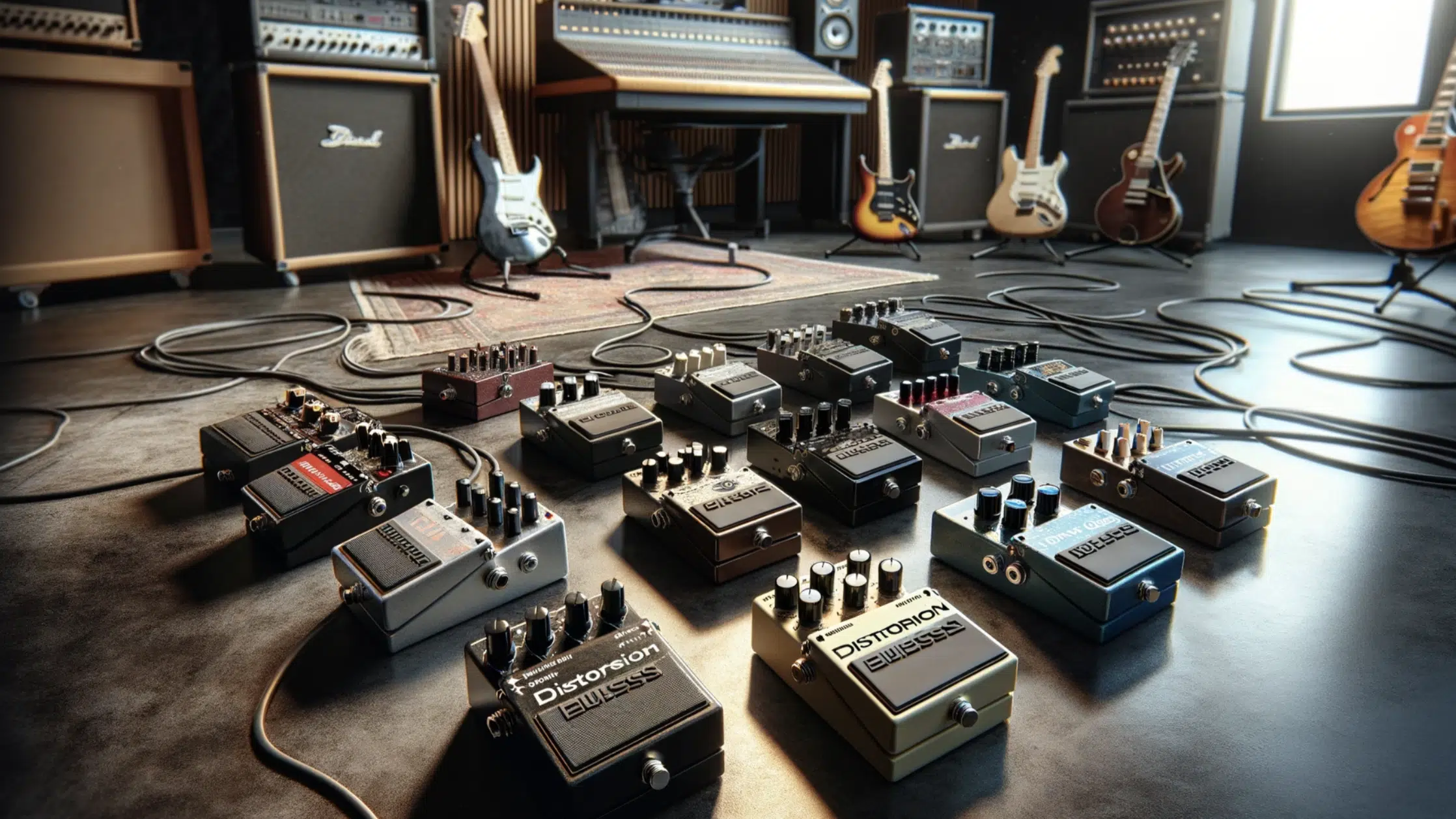
Distortion in music is a crucial technique where the audio signal is intentionally altered to create a unique sound.
This technique is fundamental in music production, transforming a clean sound into something more textured and impactful.
By modifying the waveforms, distortion adds complexity and richness to music.
The process involves pushing an audio signal beyond its limit, resulting in a uniquely distorted sound.
This distorted sound can be achieved through various methods, such as overloading guitar amps or using distortion plugins in digital music production.
The resulting sound can range from a slight warmth to a heavy, gritty tone.
Distortion is not just about loudness 一 it’s about character.
Whether it’s the gentle break-up of tube saturation or the aggressive edge of digital distortion, it plays a significant role in shaping the sonic identity of a track.
Understanding its mechanics is key for any music producer looking to explore the depths of audio manipulation.
The Role of Distortion in Digital Music Production
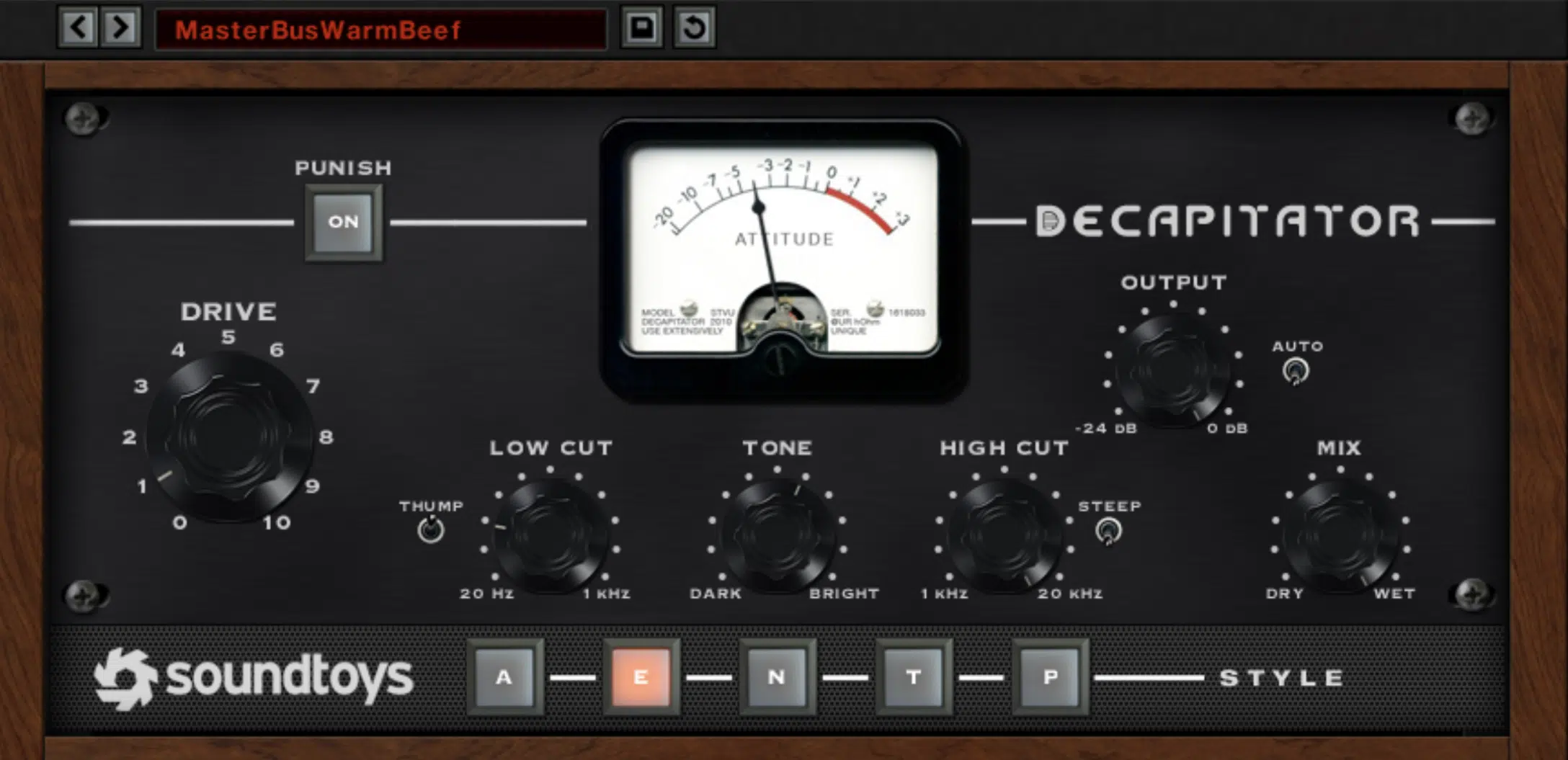
In the realm of digital music production, distortion acts as a versatile tool.
It’s essential for creating dynamic range in tracks and can be used for subtle harmonic enhancement or bold sonic statements.
Digital distortion, in particular, provides precision and variety, allowing you to craft your desired sound.
Distortion’s role extends beyond creating heavy sounds 一 it’s instrumental in adding warmth and character to digital recordings.
Certain distortion techniques bring a lo-fi quality to music, often sought after for its nostalgic appeal, like:
- Tape saturation
- Bit-crushing
Yes, we’ll be covering these two techniques throughout the article.
The digital environment empowers you to experiment with various distortion types.
From harmonic distortion to square wave shaping, the possibilities are endless.
This makes distortion an indispensable tool for music producers who wish to leave a unique sonic footprint on their work.
Understanding Audio Signals and Their Alteration
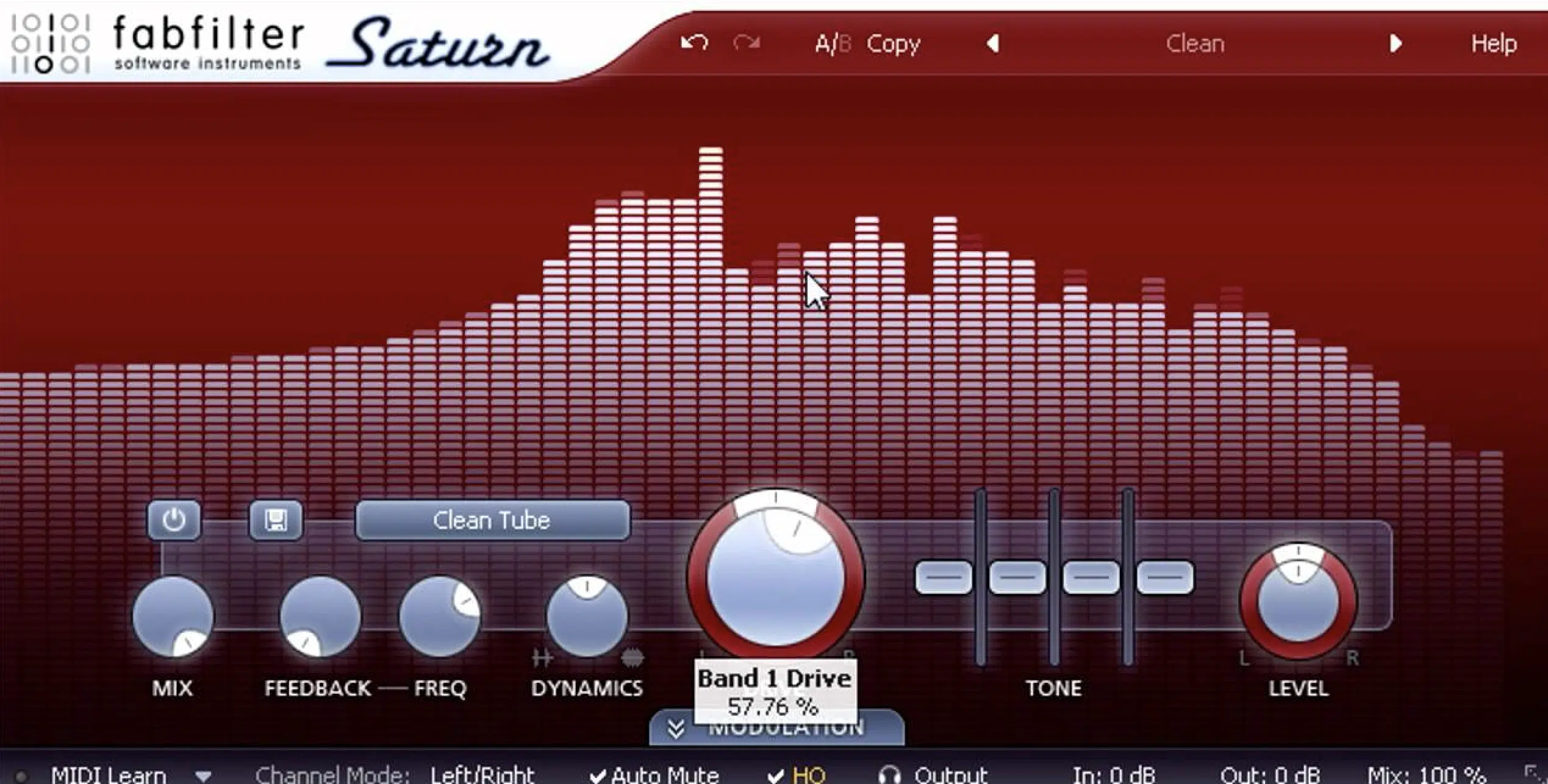
In music production, manipulating the audio signal is crucial for creating distortion.
This same process involves changing the input signal, which can significantly alter the sound’s texture.
Adjusting elements like the output volume or applying distortion directly impacts how the audio signal behaves.
Techniques like overdriving a distorted signal in a guitar amp or using distortion plugins in a digital signal path are common practices.
These methods modify the signal, introducing everything from subtle harmonic distortion to more pronounced audio effects like heavy distortion or even unwanted noise.
NOTE: Truncation distortion, a form of digital distortion, often introduces odd harmonics into the signal.
When truncation distortion is applied to upper mids, it can create a unique texture by emphasizing these odd harmonics.
The alteration of audio signals isn’t just about creating loudness 一 it’s about shaping the sound.
For instance, increasing the input signal on electric guitar rigs doesn’t just make them louder but also adds character, often desired in rock music and beyond.
-
Pro Tip: The Sample Rate
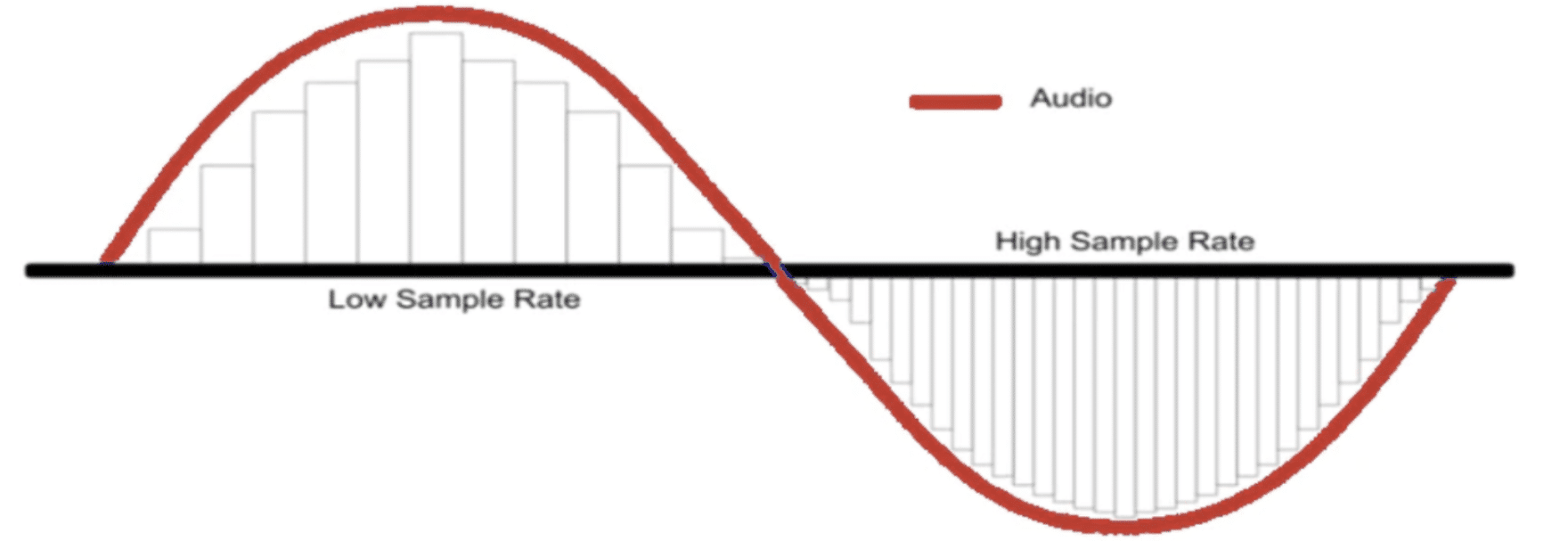
The sample rate in digital music production is fundamental in understanding how distortion affects sound.
Sample rate refers to how often an audio signal is sampled per second.
The sample rate is a crucial factor in capturing and reproducing sound quality.
Lowering the sample rate intentionally (a technique known as sample rate reduction) is a form of digital distortion.
This method can create unique sonic characteristics, like a gritty, lo-fi sound, by reducing the fidelity of the audio signal.
Distortion Techniques in Modern Music Production
As we transition from the science to practical applications, let’s explore how modern music production leverages various distortion techniques to achieve unique sonic landscapes.
-
Tape Saturation: The Vintage Charm
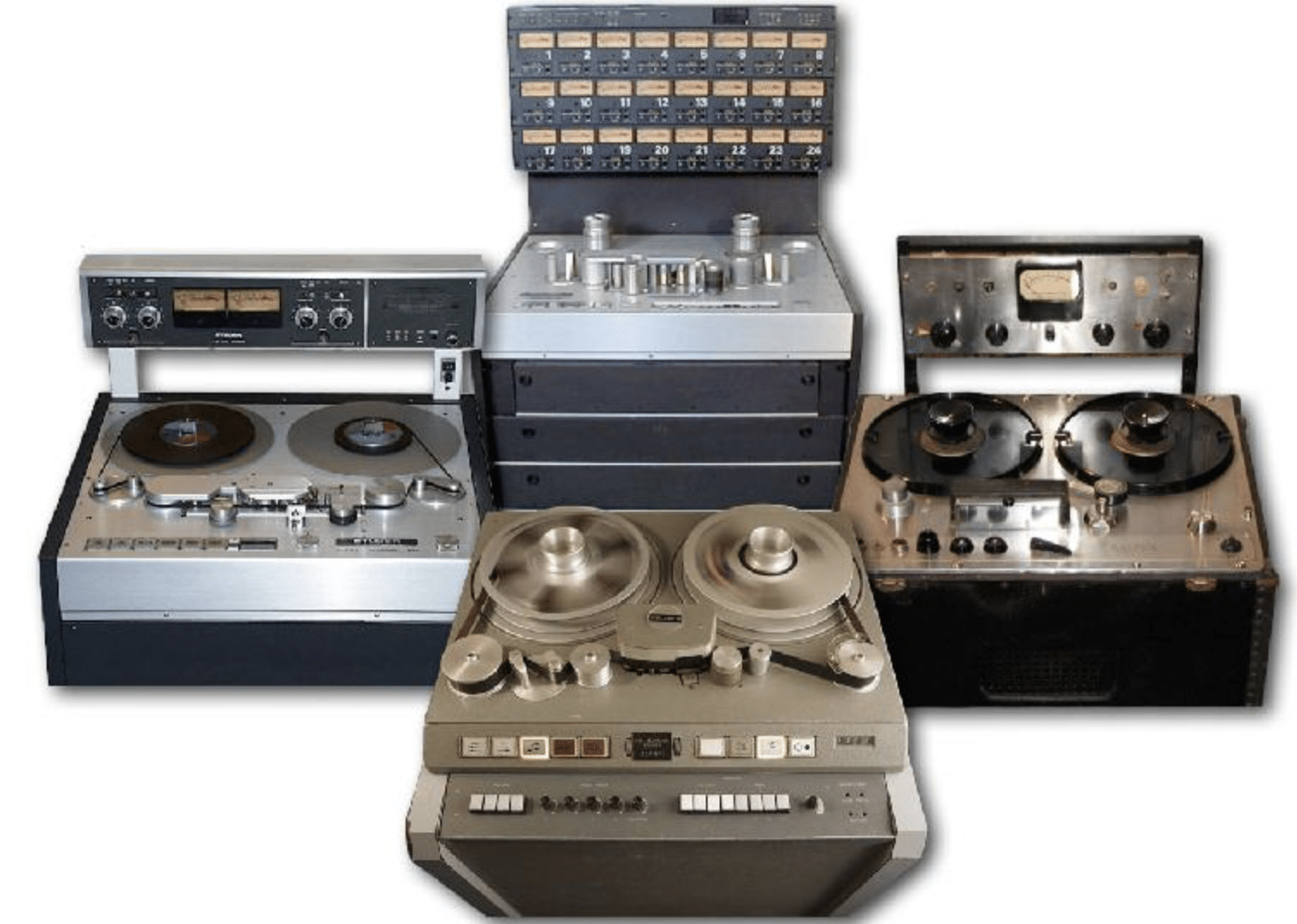
Tape saturation, an analog distortion technique, is cherished in music production for its warm, smooth sound.
It occurs when the audio signal is recorded to magnetic tape at a level slightly exceeding the tape’s capacity, creating a rich, saturated effect.
This technique is often used in music genres like soul and classic rock, where a warm, vintage sound is desired.
The beauty of tape saturation lies in its ability to add harmonic distortion to the sound, enriching it without overpowering.
NOTE: It’s perfect for vocals or acoustic guitar tracks where you want to add depth and warmth.
For instance, applying tape saturation to a vocal track in a ballad can make the voice sound fuller and more present.
In digital music production, saturation plugins can simulate this analog effect 一 bringing a touch of classic sound to modern recordings.
Producers often use these plugins on drum tracks to emulate the punchy, warm sound of an analog recording, a technique prevalent in indie rock and lo-fi music.
-
Bit-Crushing and That Lo-Fi Sound
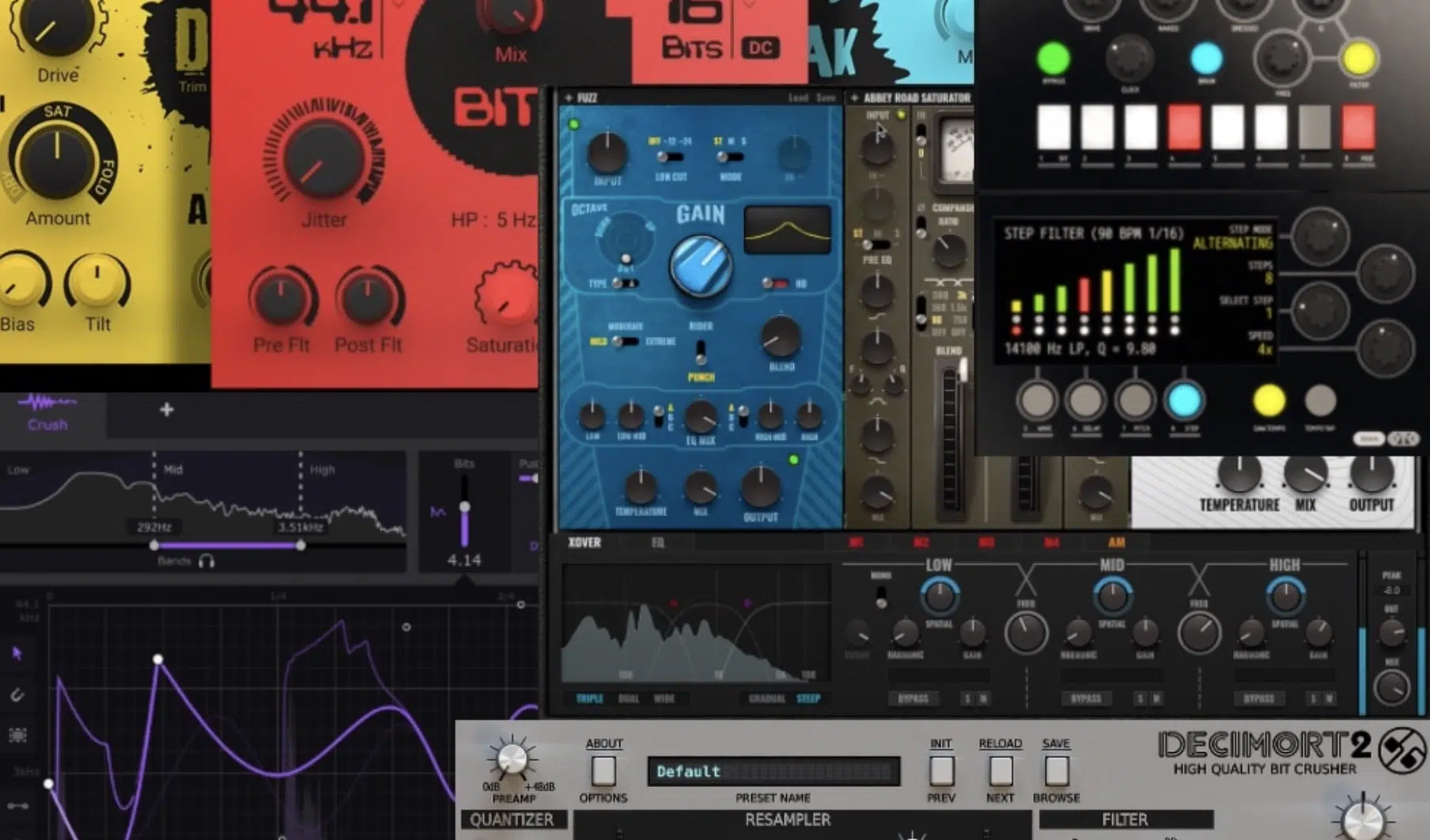
If you’re going to master distortion, you must be familiar with bit-crushing.
Bit-crushing, a type of digital distortion, reduces the bit depth of an audio signal, creating a distinct, lo-fi sound.
This distortion effect is widely used in EDM and hip-hop music to add:
- Texture
- Depth
- An edgy character
For example, bit-crushing a drum loop can give it a gritty, raw sound, perfect for a breakbeat or lo-fi hip-hop track.
The use of lo-fi sound through bit-crushing extends beyond nostalgia 一 it’s a deliberate musical choice that is just what some tracks need to pop.
It imparts a unique texture to the music, in many delicate forms, ideal for creating an atmosphere of rawness and authenticity.
A great example is applying bit-crushing to a synthesizer lead in an electronic track to add a retro, video-game-like quality.
Bit-crushing and lo-fi sounds highlight the creative use of digital distortion in music production.
They demonstrate how distortion can be applied for subtle effects (a mild form), not just for loud or aggressive tones.
This approach is particularly effective in genres like indie electronic or experimental hip-hop, where producers seek to create a distinctive sonic identity.
-
Exploring Inharmonic Distortion and Its Effects

Inharmonic distortion introduces non-musically related harmonics to the original signal, creating a dissonant, edgy sound.
This type of audio distortion is effective for creating tension in a track, often used in experimental music.
For example, applying inharmonic distortion to a bass line can create a sense of unease and intensity, ideal for a suspenseful section in a soundtrack.
The use of inharmonic distortion requires a careful ear, as it can easily overpower other elements in the mix.
It’s often used in small doses, such as adding a layer of grit to a synth pad in an electronic track, enhancing the overall texture without dominating the sound.
NOTE: A sine wave, with its smooth and regular oscillation, is often the starting point for many sound synthesis processes.
Adding distortion to a sine wave can dramatically alter its character 一 transforming the pure tone into a complex, rich sound.
Inharmonic distortion’s unique quality makes it a valuable tool for sound designers and music producers looking to push sonic boundaries.
Its application can be seen in the creation of unique sound effects in video game music or in adding a layer of complexity to a guitar riff in a progressive rock song.
-
Pushing Boundaries with Extreme Distortion Techniques
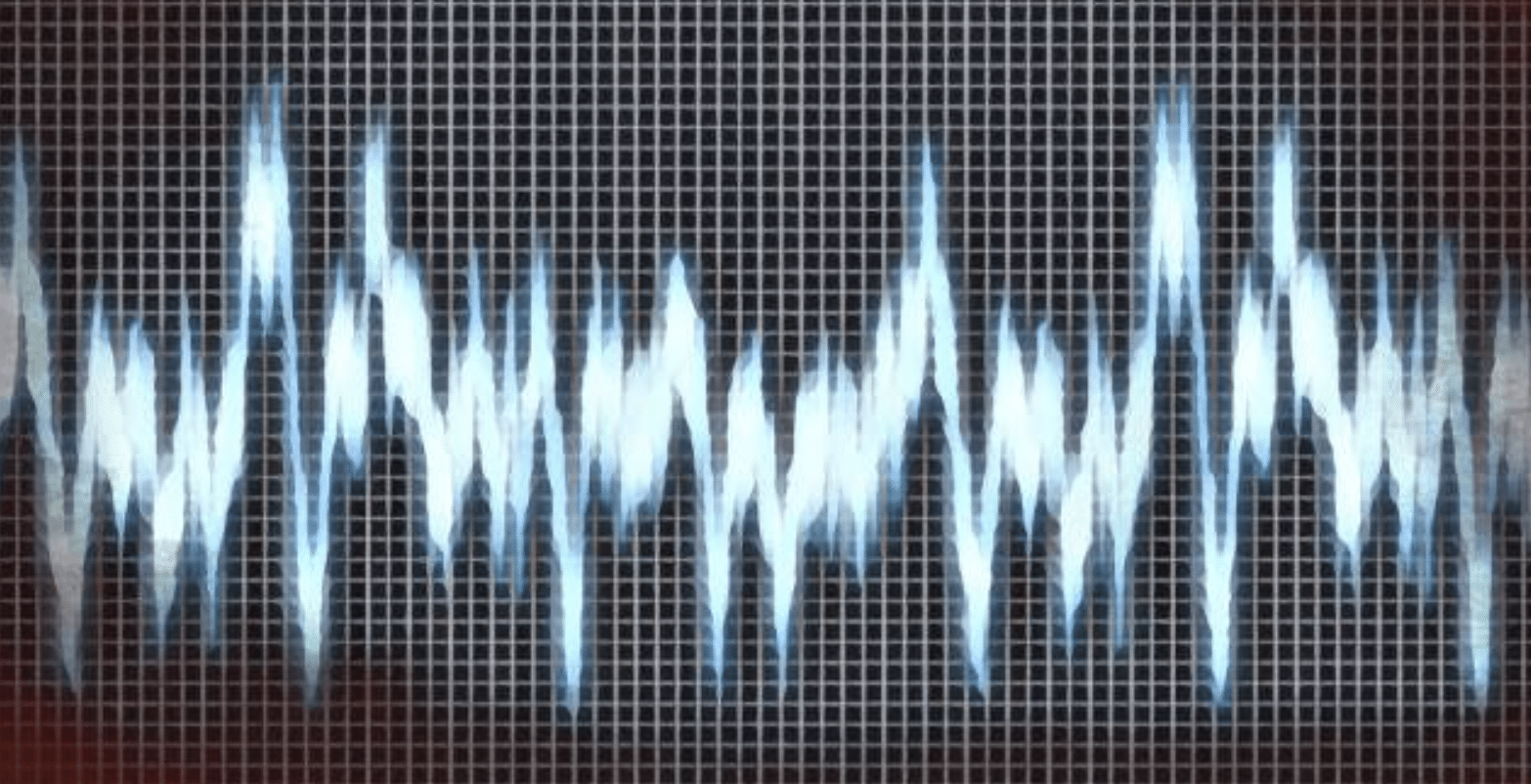
Extreme distortion techniques take the alteration of the audio signal to new levels, often resulting in heavily altered sounds that can be unrecognizable from the original source.
This approach is popular in genres like heavy metal, where aggressive, impactful sounds are key.
For example, heavily distorting a guitar riff can give it the signature heavy, powerful sound characteristic of metal music.
These techniques include methods like:
- Hard clipping 一 Where the peaks of the audio signal are drastically cut off.
- Applying high levels of bit-crushing 一 For a very rough, gritty texture.
An example of this in practice is applying hard clipping to a snare drum to make it punch through a dense mix in an electronic dance track.
Extreme audio distortion techniques are not just for loud and aggressive music; they can also add a creative edge to more mellow tracks.
For instance, a little distortion on an electric piano can add a unique character to a jazz piece, showing the versatility of these techniques in various musical contexts.
-
Harmonic Distortion in Music: The Secret Ingredient
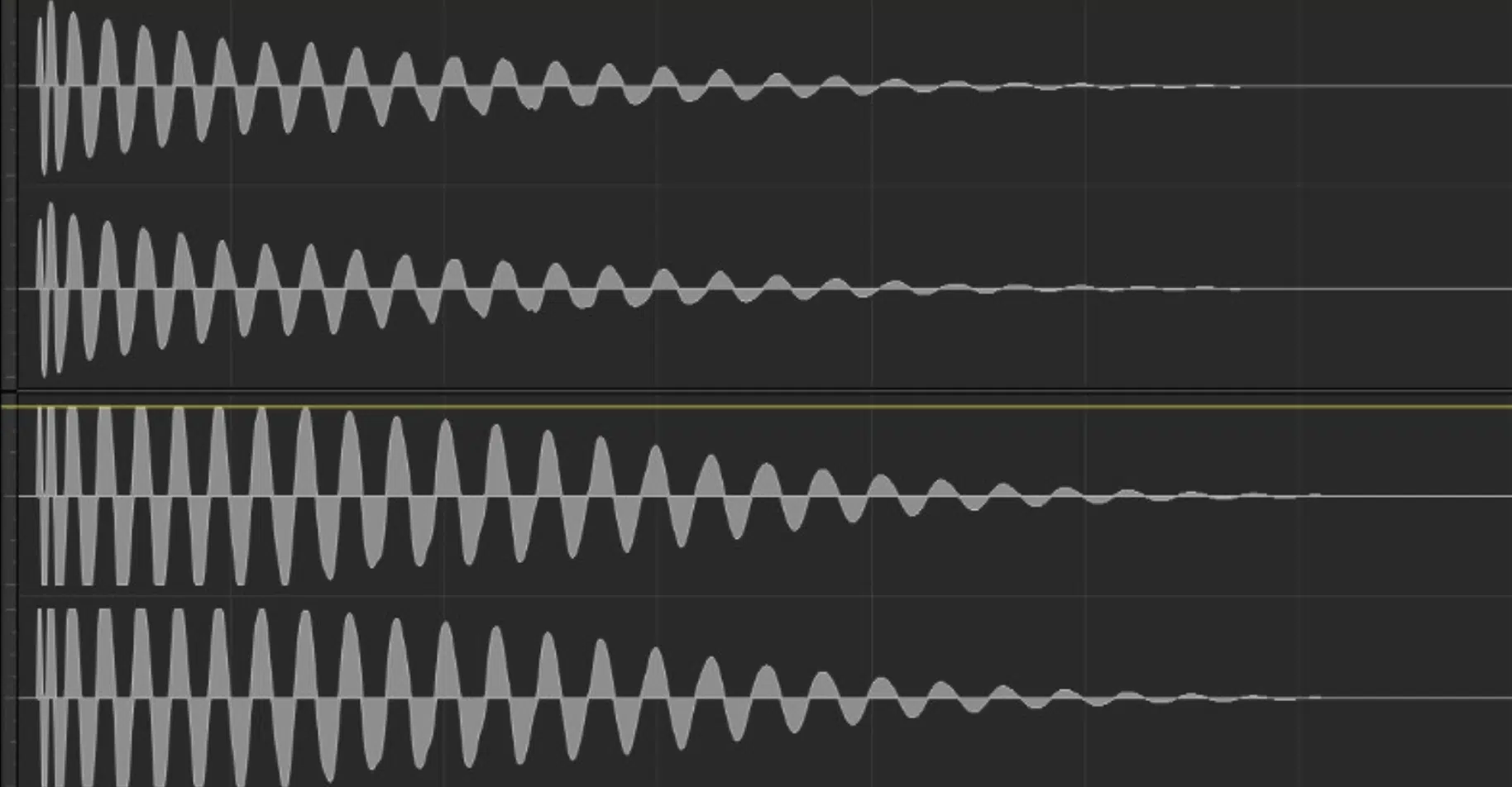
Harmonic distortion in most music is often seen as the secret ingredient that adds life to a sound.
It introduces new harmonics that enhance the fundamental frequency of the audio signal, making the sound richer.
This technique is widely used in music production, for example, adding harmonic distortion to a bassline to make it sound fuller and warmer.
Understanding harmonic distortion is key for any audio engineer or music producer who works with analog gear or emulations.
It’s about finding the right balance so that the audio distortion enriches the sound without overwhelming it.
A classic example is the subtle harmonic distortion introduced by vacuum tubes in guitar amps, which gives electric guitars their iconic warm tone.
Harmonic distortion is not just limited to analog audio gear 一 it’s also prevalent in the digital world.
Digital distortion plugins can emulate these audio effects, offering music producers a wide range of tonal options.
For example, a digital saturation plugin can be used to add harmonic richness to vocal tracks, enhancing their presence in the mix.
The Use of Distortion Plugins & Saturation Plugins in Music Production
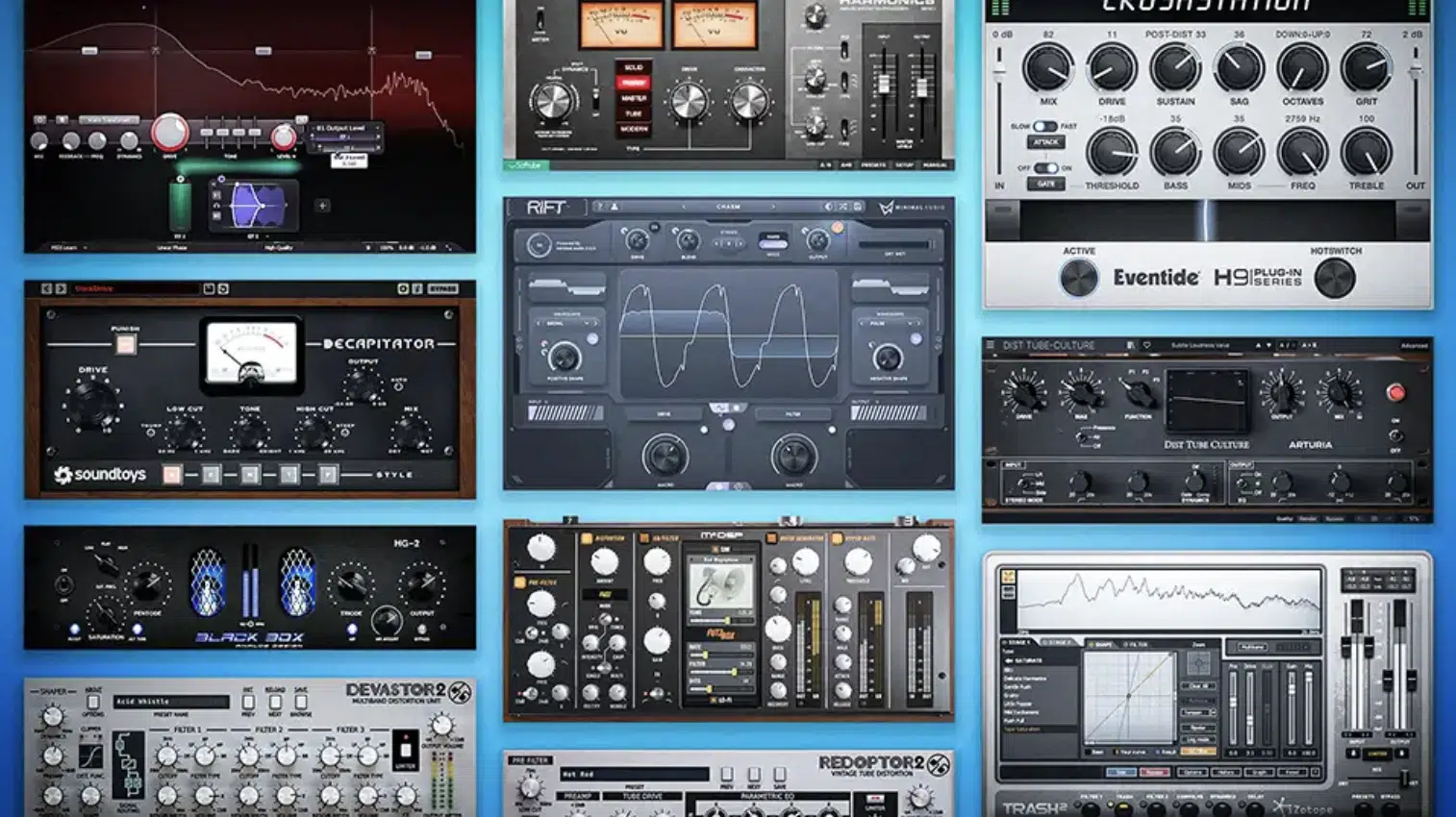
In digital music production, distortion plugins and saturation plugins are indispensable tools to help you achieve a creative effect that people love.
They allow music producers to apply distortion effects, like tape saturation or digital clipping, with precision and flexibility.
For example, a saturation plugin can be used to add warmth to a drum bus 一 mimicking the distortion effect of analog tape.
The variety of distortion plugins available today gives producers the ability to experiment with different types of distortion.
From subtle harmonic enhancement to more aggressive forms, it’s invaluable.
NOTE: A popular choice is the Softube Saturation Knob, a hardware saturation emulation plugin known for its simple yet effective control over the saturation level, found here.
Identifying and Eliminating Unwanted Distortion
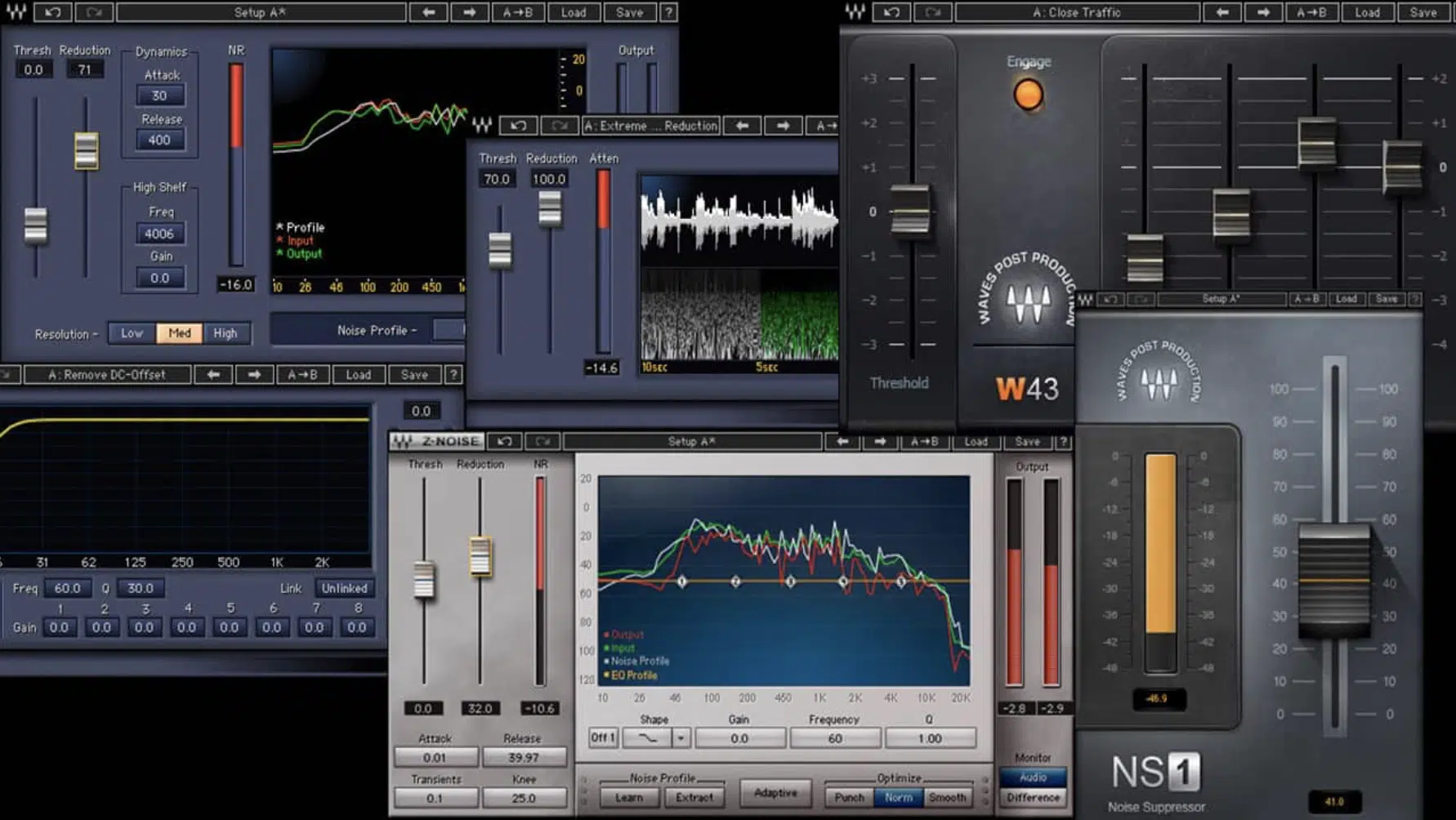
Identifying and eliminating unwanted distortion involves careful listening and understanding of the audio signal chain.
Unwanted noise, such as hums or buzzes, often indicates a problem in the signal chain that needs to be addressed.
Techniques to reduce unwanted distortion and get the desired effect include:
- Using high-quality cables
- Ensuring proper gain staging
- Employing noise reduction plugins
Without them, it could make your tracks sound worse, which is what we’re trying to avoid.
Additionally, being mindful of the sample rate and bit depth of a digital signal can prevent unwanted artifacts in the recording.
Pro Tip
Unwanted distortion can sometimes be used creatively 一 turning a flaw into a feature.
For instance, the unintentional distortion of a guitar amp can sometimes add a desirable gritty character to a rock song.
So, when it comes to unintended distortion, there is so much to explore.
Embracing Distortion as a Creative Tool
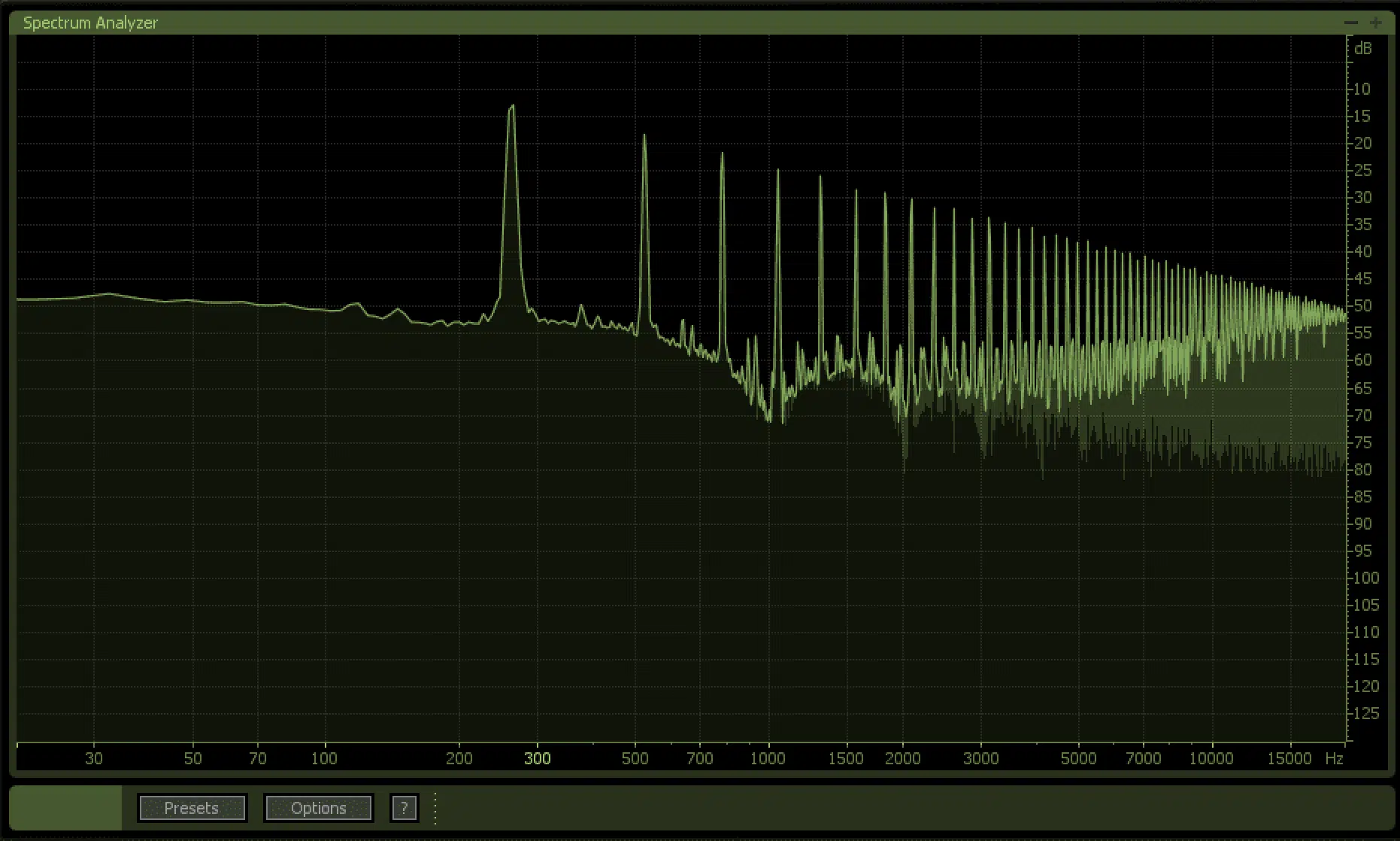
Distortion in music, when used creatively, can transform a simple sound into something extraordinary.
This involves thinking of distortion not just as a tool to make sounds louder or more aggressive but as a way to add texture and character.
This way, your sound remains authentic and appealing, as opposed to overwhelming.
Creative use of audio distortion in music includes techniques like:
- Applying gentle tape saturation to a vocal track for warmth.
- Using digital distortion to create a futuristic sound in an electronic tracks.
The key to using distortion creatively is experimentation and understanding the impact of different types of audio distortion on various elements of a track.
For example, a subtle square wave distortion on a bassline can add presence without overpowering other electric instruments.
Techniques for Applying Distortion
Let’s now transition to the practical side, exploring how distortion can be applied effectively in music production. We’ll look at balancing distortion with the original signal and using it as a creative effect.
-
Balancing Distortion with the Original Signal
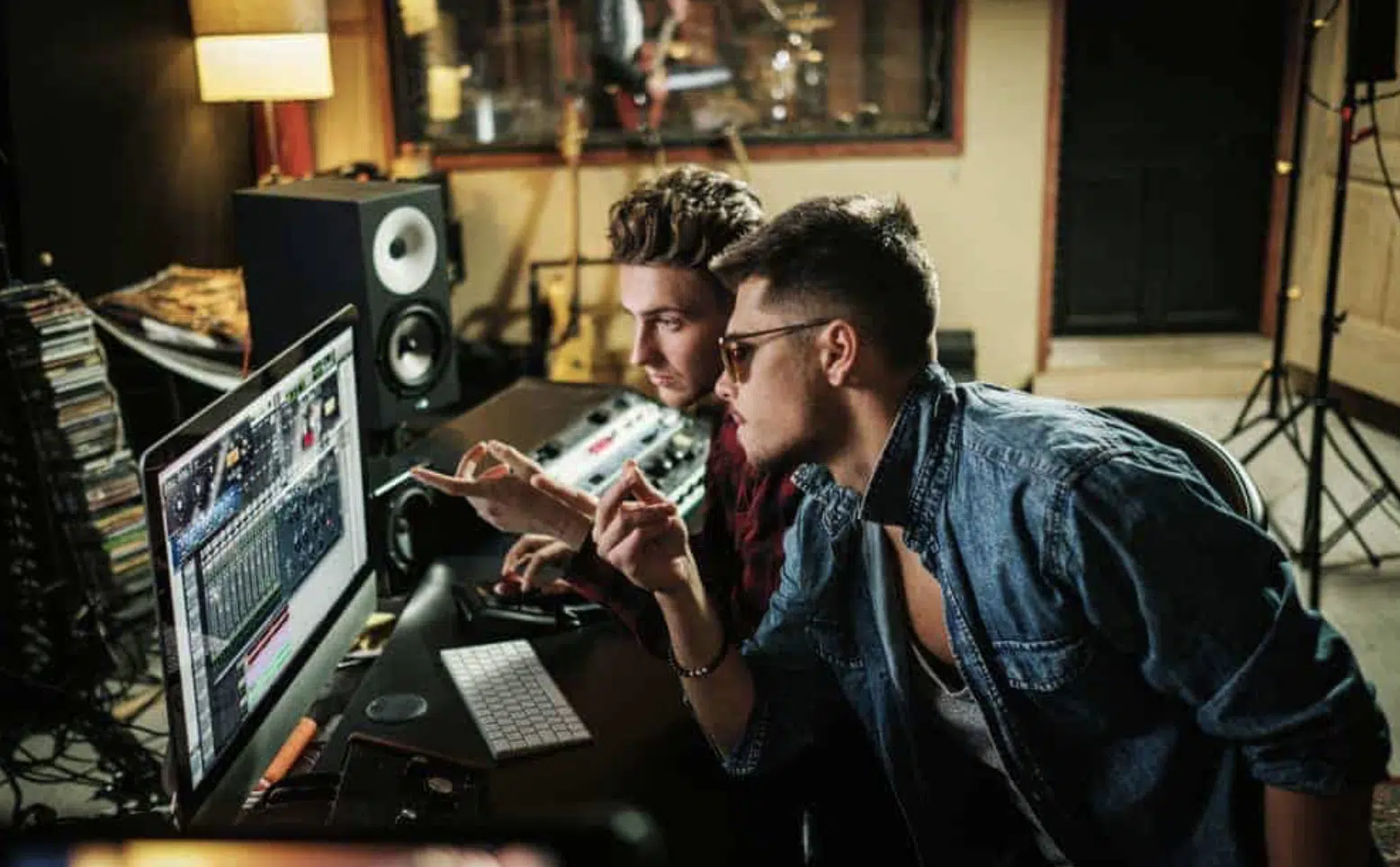
Balancing distortion with the original audio signal is key in most music production and audio engineering processes.
It’s about adding enough audio distortion to create the desired distortion effect without losing the essence of the original sound.
This balance is crucial in maintaining audio clarity while introducing the character of distortion.
For example, when applying guitar distortion, the aim is to enhance the aggressiveness of the guitar while preserving its fundamental tone.
Similarly, in a vocal track, a little distortion can add warmth and presence without compromising the clarity of the lyrics.
So, when you hear the word ‘distortion,’ just know it opens up a world of creative possibilities.
-
Creative Approaches to Apply Distortion
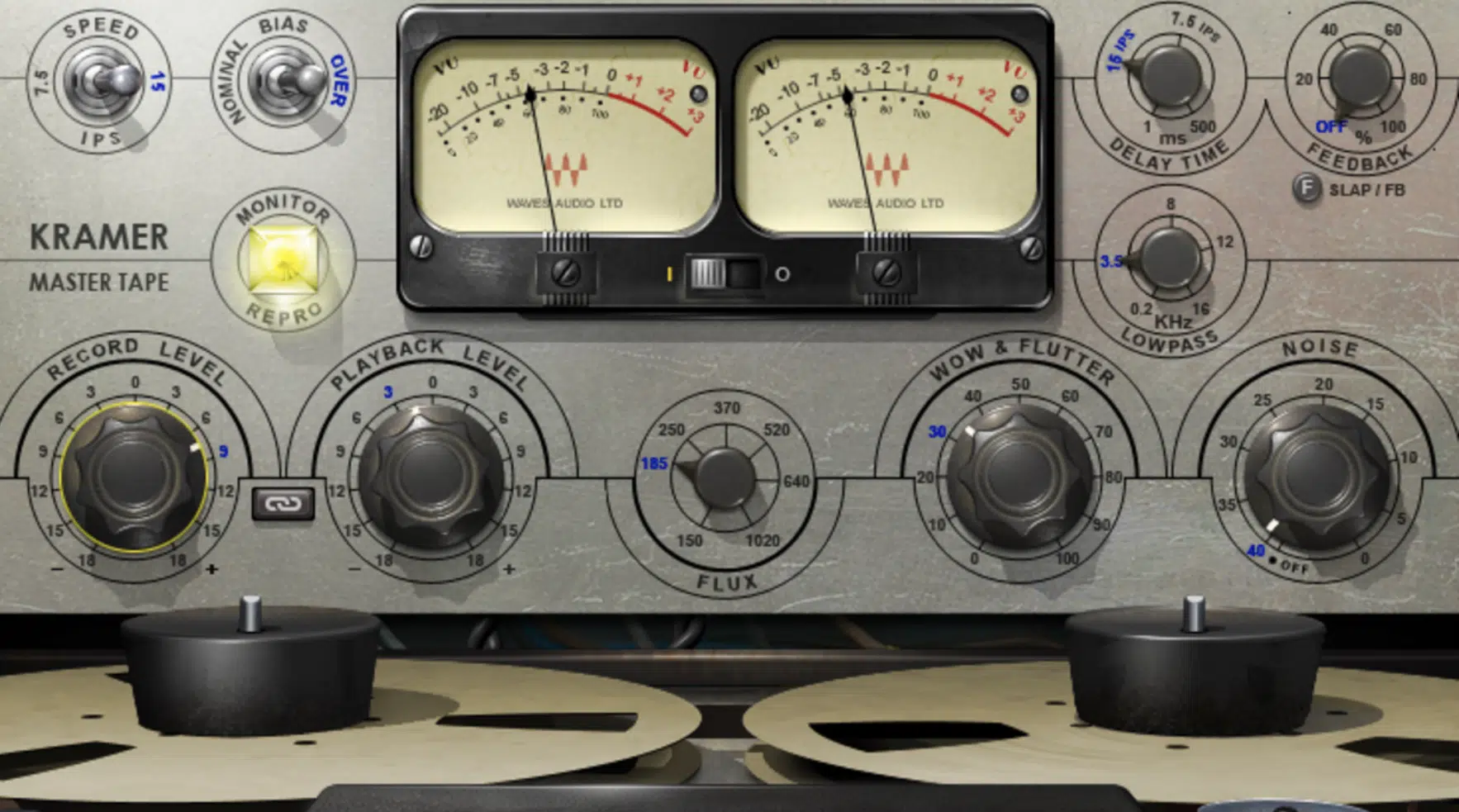
Using distortion creatively involves thinking outside the box.
It’s not just about creating loudness, but about helping you add distortion to bring new dimensions to your sound.
This can be achieved by experimenting with different types of distortion and their intensity.
For instance:
- Applying a gentle tape saturation effect to a bassline for subtle warmth.
- Using digital distortion on a synth pad for an otherworldly atmosphere.
These creative applications showcase the versatility of audio distortion as a tool in music production and audio engineering.
They help ensure you get the desired effect you’re looking for.
In EDM, distortion in music is often used to add texture and depth to digital sounds.
Distortion effects like bit-crushing or digital clipping are applied to synths and drum machines 一 creating a unique, cutting-edge sound.
An example is the use of mild distortion on a synthesizer lead to add presence in a dense electronic mix.
Or, employing heavy distortion on a drum loop for a raw, industrial feel.
These techniques show the diverse applications of audio distortion beyond traditional electric guitar rigs/guitar distortion.
Distortion in the Mix: A Balancing Act
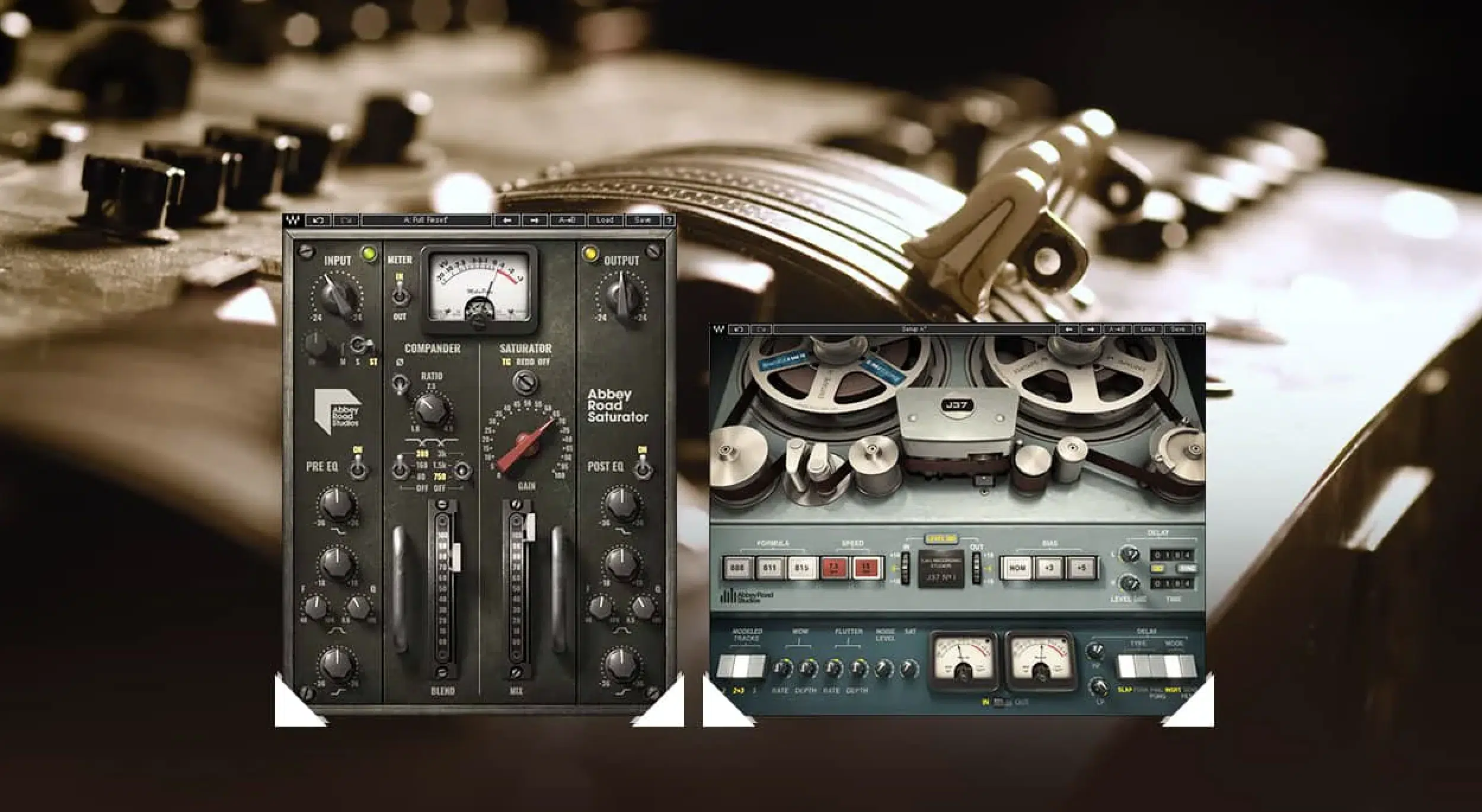
Distortion is a creative effect that must be carefully managed in the mixing process to ensure it complements rather than overwhelms the track.
In the mix, distortion plays a crucial role in shaping the dynamic range.
It can be used to:
- Make certain elements stand out
- Add cohesion to the overall sound
For instance, adding distortion to a drum bus can help the drums cut through the mix more effectively.
The dynamic range is about the contrast between the loudest and quietest parts of a track.
Distortion, when used judiciously, can enhance this range, adding intensity to the loud parts while keeping the quieter sections clear and distinct.
Integrating distortion into a mix requires a harmonious balance.
It’s about ensuring that the distorted elements complement the rest of the track, rather than dominating it.
This involves:
- Careful EQing (like simple EQ boosts)
- Adjusting levels
- Sometimes using dynamic processing for the compression effect
For example, when mixing a rock song, the distorted guitars need to blend with the bass and drums, creating a unified sound.
In electronic music, distorted synth lines should enhance the track’s energy without overpowering the other elements.
-
Bonus: How to Avoid Clipping
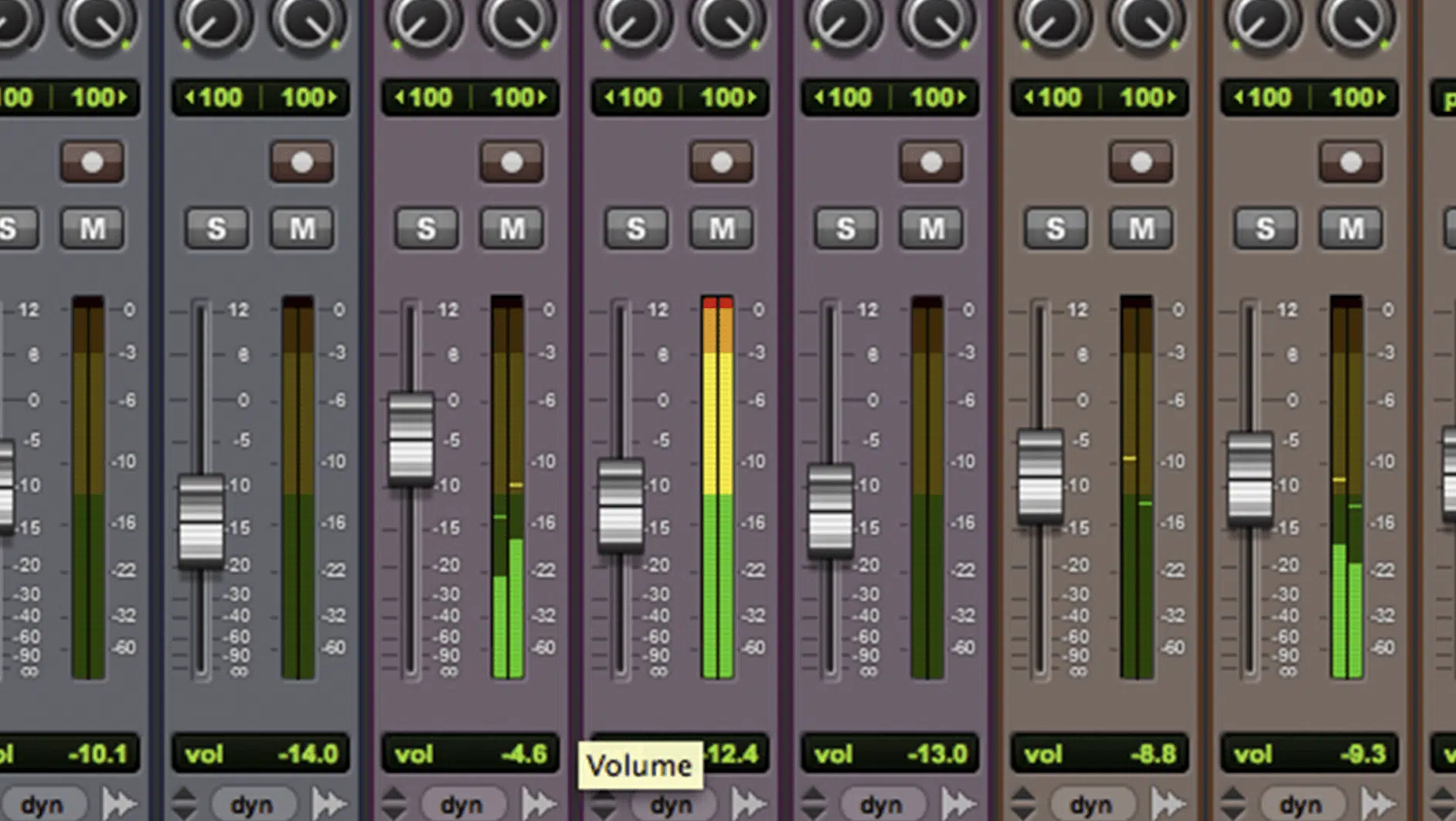
Unwanted distortion that occurs when the audio signal exceeds the maximum level of the recording medium or equipment is called clipping.
This clipping point results in a harsh, unpleasant sound and should generally be avoided.
Monitoring levels carefully and using limiters can help prevent clipping in recordings.
Sometimes, clipping can be used creatively as opposed to just causing an undesirable effect.
This is especially true in genres like lo-fi or experimental music, where a gritty, raw sound is part of the aesthetic.
However, this should be a deliberate choice rather than an accidental occurrence.
Using tools like soft clippers or distortion plugins can give you more control over this effect 一 allowing you to apply it without damaging the overall quality of your track.
Distortion in Music: Final Thoughts
Distortion in music production is a vast and nuanced topic, essential for creating compelling and dynamic soundscapes.
As we’ve explored, understanding the various types and applications of distortion in music, from tape saturation to digital clipping, is key to elevating your music.
The art lies not just in applying distortion in music but in balancing it with the original signal to achieve a harmonious blend that enhances rather than overwhelms.
In the journey of mastering distortion, tools like Zen Master is invaluable (not to mention free!).
This free Lo-Fi effect plugin simplifies the complex process of adding vintage, warm, or dreamy lo-fi atmospheres to your tracks.
With its user-friendly interface and a blend of analog and digital modeled effects, Zen Master embodies the principles discussed in this article.
This is particularly true when it comes to the balance between distortion and the original audio signal.
Its variety of knobs, including those for bit-crushing and texture enhancement, offer precise control 一 making it an ideal tool for experimenting with distortion in music.
Incorporating tools like Zen Master into your music production can transform the way you approach distortion.
It allows you to implement the techniques and concepts we’ve discussed with ease and creativity.
As you continue your musical journey, remember that the balance of distortion in music is an art form, one that requires both technical understanding and creative intuition.
With resources like Zen Master, you’re well-equipped to navigate this aspect of music production and create tracks that resonate with depth, character, and professional quality.
Until next time…







Leave a Reply
You must belogged in to post a comment.